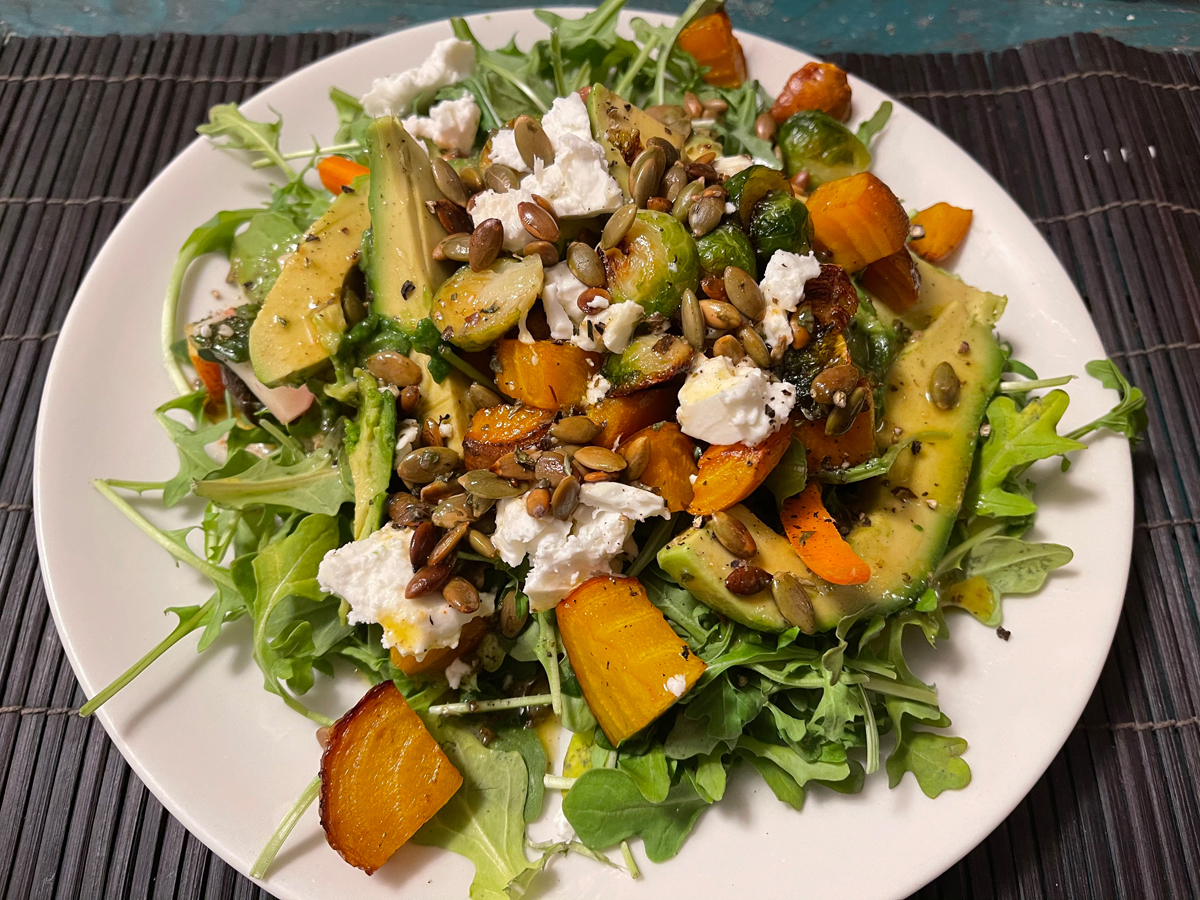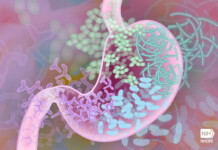Are You Eating as Well as You Think?
By Breanne Nalder Harward, MS, RDN — This is a question I ask athletes quite often as I want to get them thinking about their diet and whether or not they know how well or poor they may be eating. The most accurate way to recall your food choices is by filling out a food log, which provides an overview of when and what you’re eating and usually changes the way you think about your diet. Most athletes don’t keep a food journal so they’re not aware of what their diet may look like over a 24-hour period. Granted, keeping track of everything that goes into your gullet is time consuming and can be a nuisance, although it’s totally worth it when you want to truly hone in on your nutrition and fine tune your diet to improve your physical performance. After reading the article, you can figure out where you are nutritionally and be in great shape with regards to your performance and body composition goals.

Let’s Start with Some Basic Questions
- Do you eat breakfast, lunch, and dinner?
- Do you have snacks between meals?
- Do you eat 6-10 servings of Fruits and Veggies?
- How much water do you consume daily?
- Do you consume sport products before, during, and after rides?
- Do you know your caloric burn vs. intake?
- What are your percentage of macronutrients on average (carbohydrates/fats/proteins)?
10 Guidelines to Eating Healthy
To reach your nutrition goals and get your diet to where it can maximize your health and riding performance, follow these basic guidelines. They may be simple, but the effects go a long way if you adopt them into lifestyle patterns.
- Eat every 3-4 hours – this has been proven scientifically to lower body fat, improve energy levels, and improve strength and performance. Furthermore, eating more frequently throughout the day keeps your blood more sugar stable if choosing the correct carbohydrates. Consistent eating also helps support a healthy metabolism.
- Eat Breakfast everyday – if you’re not eating breakfast, you’re not reaching your potential for top athletic performance. Skipping breakfast can trigger the body to slow its metabolism in order to preserve energy, which increases your risk for losing strength and eventually gaining weight. Eating breakfast revs your metabolism, supplies fuel to the brain, and supplies energy to working muscles. It only takes a few minutes to make a PB and J sandwich or to concoct a smoothie before you leave the house.
- Consume 6-10 servings of Fruits and Vegetables – keep your immune system healthy and lower your risk for getting sick, improve healing of injuries, and reduce the soreness of your muscles with high nutrient dense foods. I always say, find a way to add color to every meal and snack!
- Healthy Snacking between meals – high quality snacks between meals keeps your gas tank close to fuel where you won’t run out of gas. For example, if your last meal is at noon and you ride after work around 5 pm, a 3:30 pm snack is essential to get you through your workout and minimize fatigue. Skipping snacks could increase hunger, cause you to have a disappointing ride (the notorious “bonk”), and likely lead to over-eating at dinner and late into the night, which may increase your body fat. Always remember, you want to consume energy when your body will burn it, otherwise it will be stored as fat!
- For general hydration, drink at least half your body weight in ounces of fluid (i.e., if you weigh 130 pounds, then drink 65 ounces) per day – hydration is critical in keeping energy levels normal, as the first sign of fatigue is usually related to dehydration, with another 2 bottles during exercise, at least one of which should be an electrolyte mix. For athletes, half your body weight is a good start but when training, you want to increase your fluid intake to match your losses. For every pound you lose during a ride, you want to drink 2-3 cups of fluid to replace the fluid lost. Be sure to include electrolytes into this equation, they are crucial to proper hydration balance. See my earlier article in the archives on hydration or contact me directly to discuss electrolyte needs for YOUR body.
- Consume a Post Workout Shake (3-4:1 Carbohydrate:Protein) within 30 minutes of completing your workout – research has proven over and over again that consuming a combination of carbohydrates and protein immediately after your workout will improve muscle recovery and increase your ability to ride strong the following day. A mix of 20 grams of protein along with 60-80 grams of carbohydrate is the ideal ratio of carbs to protein to maximize protein synthesis. Liquid is preferred over solid food as it is absorbed faster, but a solid meal will suffice.
- Consume Lean Protein at All Meals – Protein has several benefits for endurance athletes such as: boost metabolism, keep you full longer, helps maintain a healthy weight, boost the immune system, and again improve muscle recovery after workouts. The type of protein should vary so you are sure to get a variety of amino acids throughout the day. A good rule of thumb is to incorporate a plant-based protein each meal (such as beans, nuts, seeds) and limit yourself to 1 animal protein per day (if you eat meat/eggs).
- Consume Whole Grain Carbohydrates to Fuel Up – I say this in every article some way or another: Carbs are the gasoline for your tank! On the bike we shoot for easy to digest carbs (rice products, sport chews and electrolyte drinks), while off the bike we aim for whole grains, which contain a rich source of fiber to keep blood sugar stable, which in turn keeps energy level high. Examples are 100% whole wheat bread, oatmeal, whole grain cereal, sweet potatoes, fresh fruit, vegetables, quinoa, legumes, lentils, and beans.
- Take a Multivitamin Daily – If your diet is not where it needs to be, especially if you’re not consuming nutrient dense foods like fruits, veggies, and whole grains, a multivitamin can function as an insurance policy to supplement your diet with what you’re not getting from food.
- Take an Omega 3 Fish Oil Supplement – Omega 3 Fish Oil acts as a natural anti-inflammatory agent to help reduce swelling, improve healing, minimize muscle soreness, and improve overall recovery after intense exercise.
Take Things One Pedal Stroke at a Time
The overall goal in adapting your lifestyle to improve your cycling performance and your overall health is to be realistic. It’s important that you attack things one at a time so that you aren’t attempting to make a bunch of changes all at once. Research shows that athletes are much more successful at adjusting their diet or controlling weight when goals are measurable, attainable, and positive. This is where tracking food and accountability come into play. There are numerous apps out there that can be used to food journal, though it can be hard to navigate if you aren’t confident on what your calorie and macro needs are for your body. This is where working with a Registered Dietitian Nutritionist can help you get past the guessing game or the “he said/she said” strategy of trying all the different diets out there. Let’s get you in to measure your metabolism and get you on a plan that is appropriate for your body and goals. Because riding better, faster, stronger, enjoying your food and feeling good while doing it is what it’s all about!







